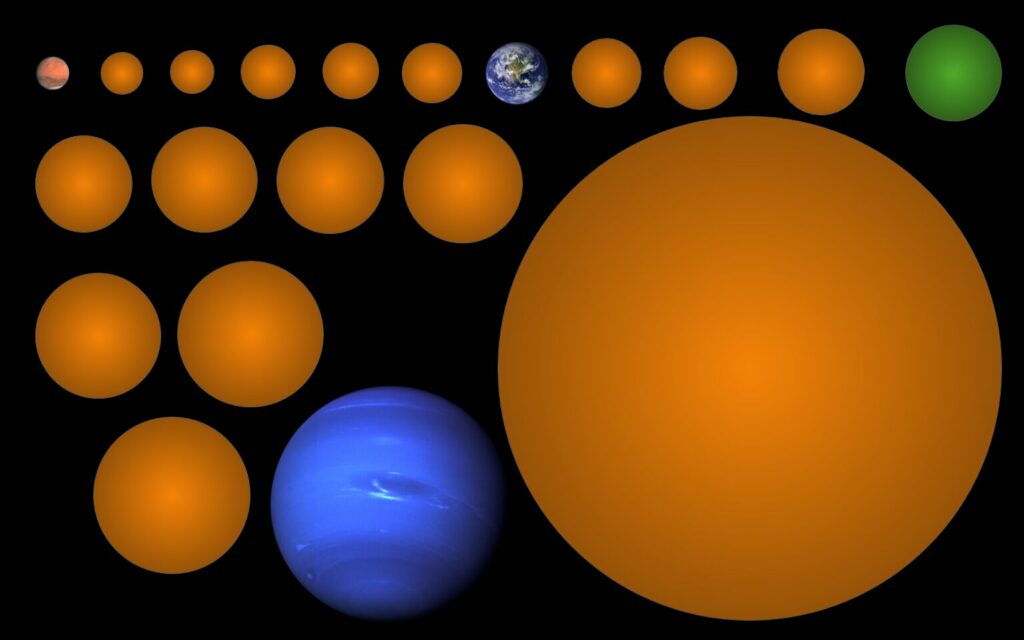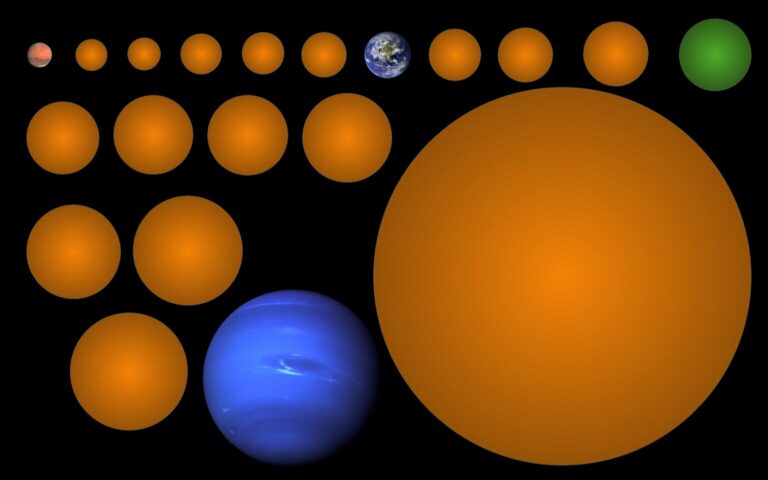Discovery of 17 New Planets, Including an Earth-sized World, by Astronomy Student
Michelle Kunimoto, an astronomy student at the University of British Columbia, has made a remarkable discovery. Through her meticulous analysis of data collected by NASA’s Kepler mission, she has identified 17 previously unknown planets. Among these discoveries is a planet that holds the potential for habitability and is similar in size to Earth. This planet, officially named KIC-7340288 b, is approximately 1 ½ times the size of our planet and falls within the habitable zone of its star.
Unlike the gas giants found in our own solar system, this planet is rocky in nature. The findings, which have been published in The Astronomical Journal, shed light on the existence of rare planets like this one. However, it is important to note that this particular planet is located around a thousand light years away, making it an unreachable destination for the foreseeable future. Nonetheless, Kunimoto expresses her excitement about this discovery, as it adds to the limited number of confirmed small planets within the habitable zone that have been identified in the Kepler data. With a year lasting 142 ½ days, this planet orbits its star at a distance of 0.444 Astronomical Units, slightly larger than Mercury’s orbit in our own solar system. Additionally, it receives approximately one-third of the sunlight that Earth receives from the Sun.

Out of the remaining 16 recently discovered planets, the smallest one is only two-thirds the size of Earth, making it one of the smallest planets ever found using the Kepler mission. The rest of the planets vary in size, with some being up to eight times larger than Earth.Kunimoto has a history of discovering planets, having found four during her undergraduate studies at UBC. Currently pursuing her Ph.D. at UBC, she utilized the “transit method” to search for planets among the approximately 200,000 stars observed by the Kepler mission.
According to Kunimoto, when a planet passes in front of a star, it obstructs a portion of the star’s light, resulting in a temporary decrease in brightness. By identifying these dips, known as transits, valuable information about the planet, such as its size and orbital period, can be deduced.To enhance her research, Kunimoto collaborated with UBC alumnus Henry Ngo to capture high-resolution images of some of the stars hosting her discovered planets. This was accomplished using the Near InfraRed Imager and Spectrometer (NIRI) on the Gemini North 8-metre Telescope in Hawaii.
Using adaptive optics, Kunimoto was able to obtain images of the stars that resembled those taken from space. This allowed her to determine if any nearby stars could have influenced the measurements made by Kepler, potentially causing the observed dips.
In addition to the new planets, Kunimoto also had the opportunity to study thousands of previously known Kepler planets using the transit method. As part of her research, she will be reevaluating the overall exoplanet census.Kunimoto’s Ph.D. supervisor and UBC professor Jaymie Matthews highlighted the significance of their work, stating that they will estimate the number of planets expected for stars with different temperatures. Of particular importance is determining the occurrence rate of terrestrial Habitable Zone planets, which are similar to Earth. The results of this research are eagerly anticipated.
This article is republished from PhysORG under a Creative Commons license. Read the original article.
Do not forget to share your opinion with us to provide you with the best posts !




0 Comments